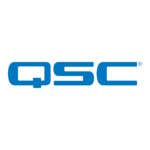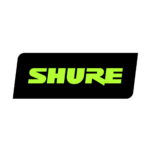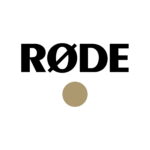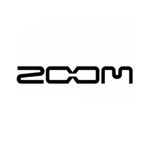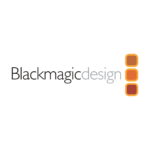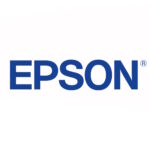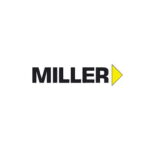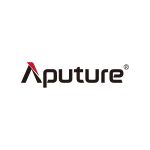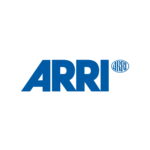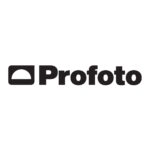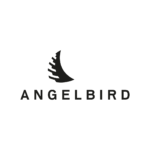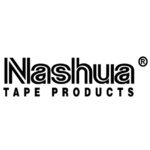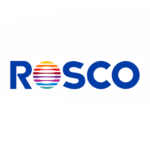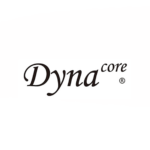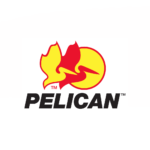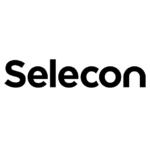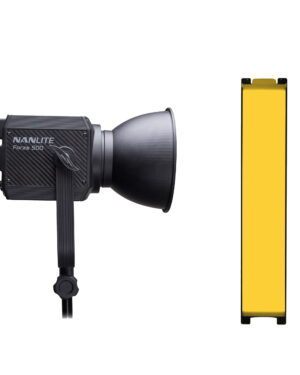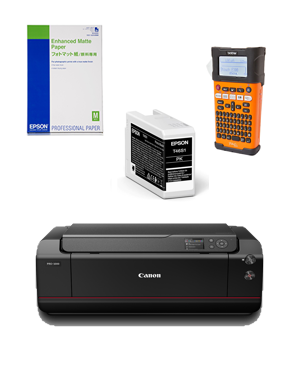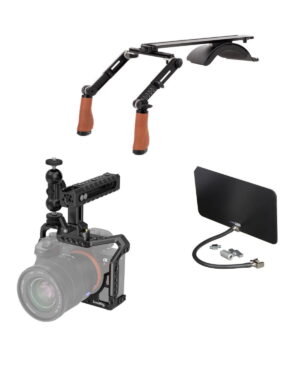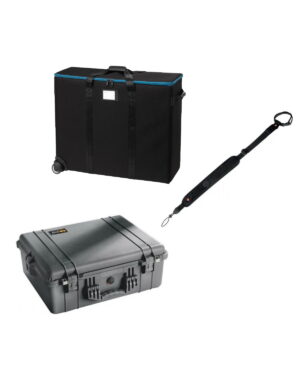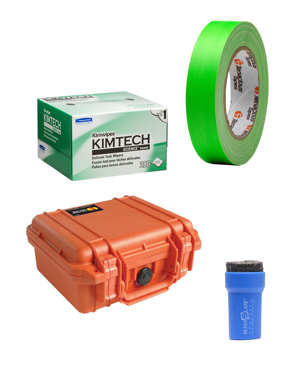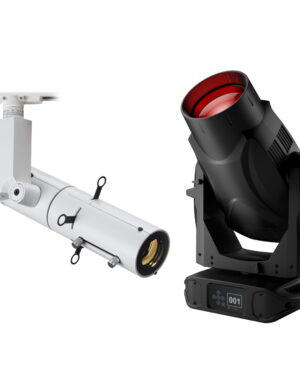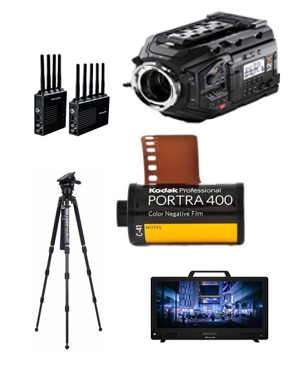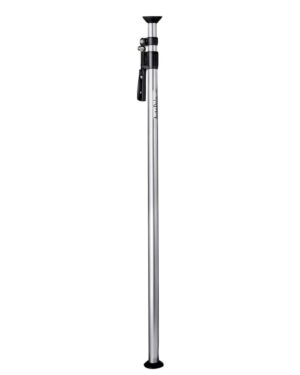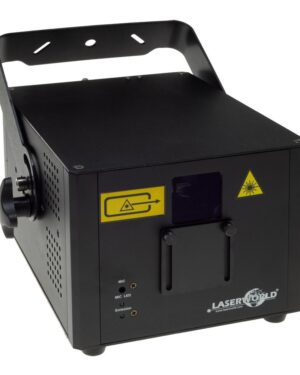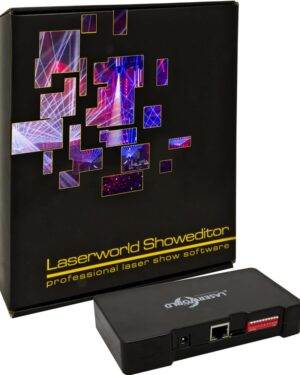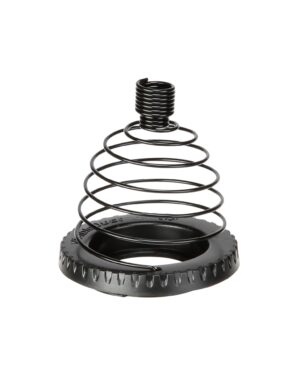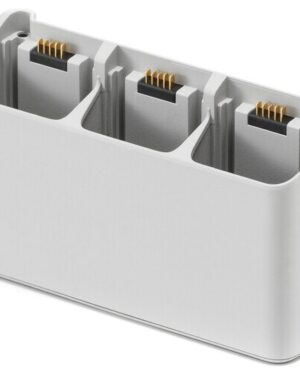Laserworld ShowNET
Laserworld ShowNET is a professional laser control system that lets to take control of your laser system. Loaded with features and built-in programms to take your laser shows to the next level! The ShowNET bundle includes the ShowNET LAN based ILDA interface, together with the popular Showeditor laser control software. And is compatible with all ILDA enabled laser systems.
Laserworld Showeditor is Laserworld´s all-in-one laser show control software which comes with many easy-to-use features for beginners as well as for professionals.
It features intuitive creation of timeline based laser shows and ready-to-go live laser shows with simple operation and commands. The software includes more than 250 free laser shows and pre-configured MIDI profiles for immediate start.
ILDA (*.ild) files can be exported and imported, allowing an uncomplicated exchange between different software products.
Laserworld Showeditor also supports DMX input and output: It can be remote controlled through a DMX controller and it can control lighting fixtures of any kind.
Enhanced MIDI features grant the creation of own profiles and the compatibility with SMPTE timecode signals, which makes it suitable for professional multimedia applications.
Thanks to the Figure Editor even laser show beginners succeed in creating own figures, logos and running or morphing texts. Professional users benefit from advanced features, like the abstracts generator, color adaption and versatile optimization tools.
The software user interface is available in English, German, French, Spanish, Italian, Dutch and Romanian.
As automated playback system for laser shows
Especially fixed laser show installations often require an automated playback system. In many cases there is no possibility to install a computer control system. The Laserworld ShowNET interfaces come standard with a microSD card and the interfaces can read standard ILDA files (*.ild) – which can be exported from Laserworld Showeditor or any other laser software that supports ILDA file export.
When having saved the desired files to the microSD card, a simple dip switch setting sets the interface to auto play mode – and automatically starts with playing back the show files saved on the microSD card. There are also many preset figures already saved to the internal memory of the ShowNET interface, so these can be used for auto play as well.
As DMX triggered playback system for laser shows
As descirbed above, the Laserworld ShowNET can play back standard ILDA files from a microSD card. This playback feature does not only work in automatic mode, but also allows for individual DMX triggering of the very patterns. Further modifications to the figure, like e.g. intensity, base color, size, offset etc. can be controlled through standard DMX512 protocol, without having to save a specifically modified figure.
This DMX controlled laser playback system feature makes the ShowNET even suitable for larger scale live laser show productions, where the preset figures are often just triggered through a big, high professional lighting controller.
For ILDA Streaming: As ILDA IN – to – LAN – to – ILDA OUT adapter (ILDA range extender, ILDA over LAN, ILDA over Network) – two interfaces required per signal line
People that still use an older type USB DAC interface often face the problem of having to run long ILDA cables. However, the possible overall length of ILDA cables is limited due to the way the signal is transmitted. So some people use USB – to – LAN extenders to transmit the USB signal over longer distances. However, these solutions do not always work reliable – and especially if it comes to laser, it is important to not receive any irritating signals on the control line.
The Laserworld ShowNET interface is able to extend the ILDA signal from the ILDA output of any other ILDA outputting interface, e.g. a Pangolin Flashback 3 (FB3), over any distance, by transforming it to a digital TCP/IP network signal. That way it is possible to use standard network switches and standard CAT cables for signal distribution. Even fiber cable transmission is possbile.
It is possible to use up to 16 interfaces for inputting the ILDA signal to the network and up to 16 interfaces for outputting it again. Each input interface gets an individual address (can be set with dip switches) and the receiving interface is set to the corresponding receiver address (see manual for details). Then all input interfaces can be connected to a network switch, all ouptput interfaces are connected to another network switch and those two switches are connected by one (!) network cable only. Of course, if only one signal line shall be extended, there is no need for any switches – a direct LAN cable is sufficient.
 Dynacore D-C Multi-Voltage Splitter V-Lock for camera rigs
1 × $220.00
Dynacore D-C Multi-Voltage Splitter V-Lock for camera rigs
1 × $220.00 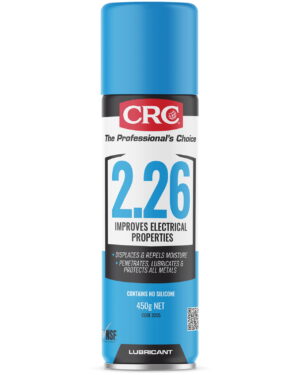 CRC 2.26 Electrical Spray Aerosol 500g
1 × $16.50
CRC 2.26 Electrical Spray Aerosol 500g
1 × $16.50 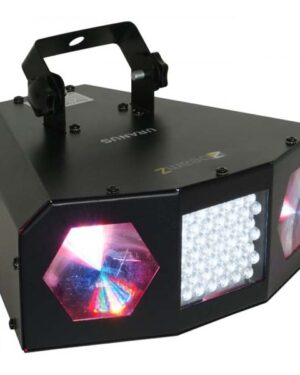 Beamz Uranus LED DJ Effect Light with Strobe
1 × $139.00
Beamz Uranus LED DJ Effect Light with Strobe
1 × $139.00 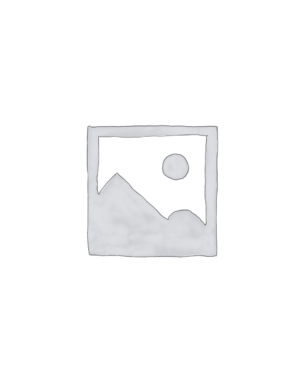 Beamz Fingers7 7x8W RGBW DMX IRC
1 × $329.00
Beamz Fingers7 7x8W RGBW DMX IRC
1 × $329.00 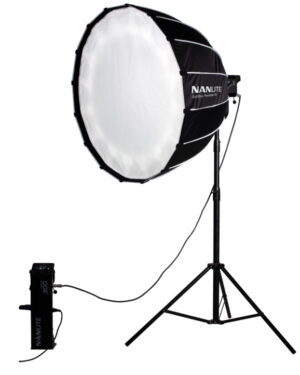 Nanlite Parabolic Softbox Quick-Fold 90cm Bowens Mount
1 × $300.00
Nanlite Parabolic Softbox Quick-Fold 90cm Bowens Mount
1 × $300.00 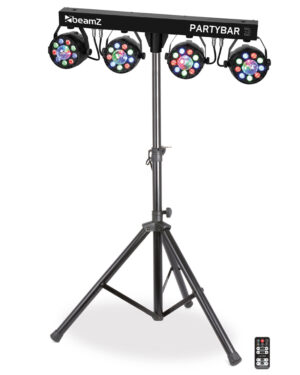 Beamz PartyBar 3 4x Par with Magic Ball
1 × $349.00
Beamz PartyBar 3 4x Par with Magic Ball
1 × $349.00 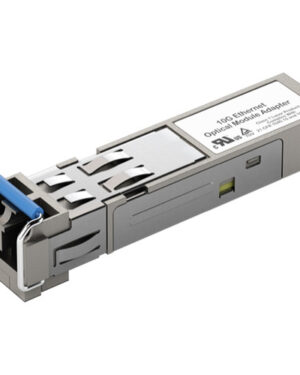 Blackmagic Design Adapter 10G Ethernet Optical Module (Suit Teranex IP / Studio Fiber Converter only)
1 × $215.00
Blackmagic Design Adapter 10G Ethernet Optical Module (Suit Teranex IP / Studio Fiber Converter only)
1 × $215.00 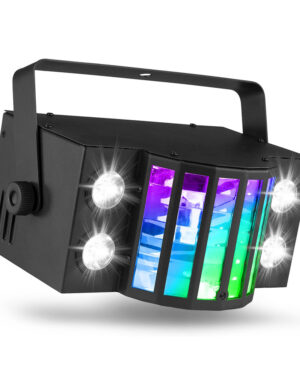 Beamz StrobeDerby 6x3W 6in1 4x1W IRC
2 × $129.00
Beamz StrobeDerby 6x3W 6in1 4x1W IRC
2 × $129.00 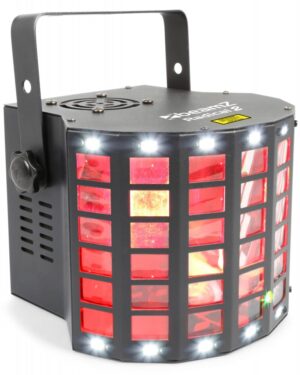 Beamz Radical II LED Multi Effect Light
1 × $229.00
Beamz Radical II LED Multi Effect Light
1 × $229.00  Beamz StrobeMoon 6x3W 6in1 4x1W IRC
1 × $129.00
Beamz StrobeMoon 6x3W 6in1 4x1W IRC
1 × $129.00 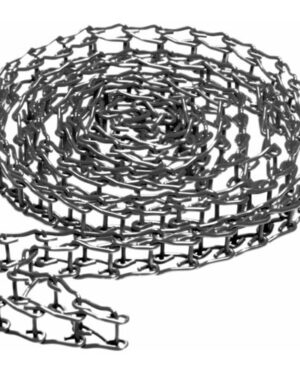 Manfrotto 091MCG Chain GREY Expansion 3.5m Metal
1 × $75.00
Manfrotto 091MCG Chain GREY Expansion 3.5m Metal
1 × $75.00 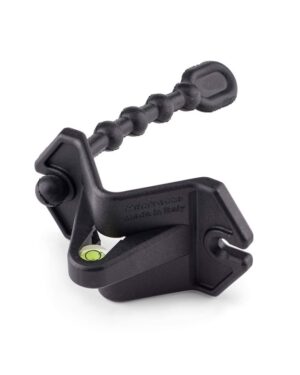 Manfrotto 032SPL Spirit Level for Autopole 25-60mm diameter also for 360 VR range
1 × $14.00
Manfrotto 032SPL Spirit Level for Autopole 25-60mm diameter also for 360 VR range
1 × $14.00 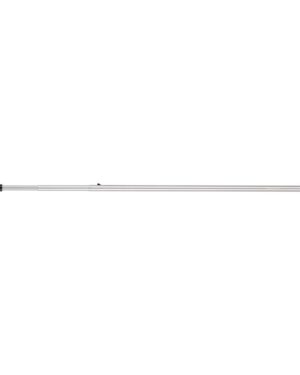 Manfrotto 272 Support Background 3S Alu S 121/298cm 2x 16mm sockets Attach to lighting stands
1 × $160.00
Manfrotto 272 Support Background 3S Alu S 121/298cm 2x 16mm sockets Attach to lighting stands
1 × $160.00 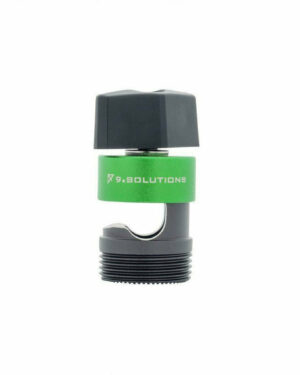 9.Solutions Quick Mount Receiver to 3/8 Gag
1 × $46.06
9.Solutions Quick Mount Receiver to 3/8 Gag
1 × $46.06 

